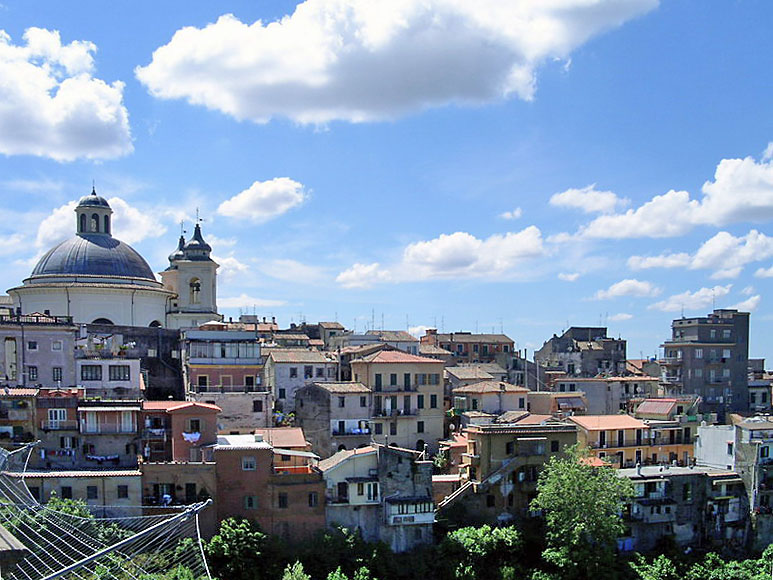|
Palazzo Chigi (other)
{{disambiguation ...
Palazzo Chigi is a palace which is the seat of the Italian Government. Palazzo Chigi may also refer to: *Palazzo Chigi-Odescalchi, in Rome *Palazzo Chigi, Ariccia *Palazzo Chigi, Formello See also *Chigi family The House of Chigi () is an Italian princely family of Sienese origin descended from the counts of Ardenghesca, which possessed castles in the Maremma, southern Tuscany. Later, the family settled in Rome. The earliest authentic mention of them ... [...More Info...] [...Related Items...] OR: [Wikipedia] [Google] [Baidu] |
Palazzo Chigi
The Chigi Palace ( ) is a palace and former noble residence in Rome which is the seat of the Council of Ministers and the official residence of the Prime Minister of Italy. It is located in the Piazza Colonna, next to Palazzo Montecitorio, seat of the Chamber of Deputies. Since 22 October 2022, the tenant of the Chigi Palace has been Prime Minister Giorgia Meloni. History The architectural history of Chigi Palace spans more than three centuries during which several projects and continuous adaptations to the ever-changing needs of the Palace have followed. The Palace, overlooking the Piazza Colonna and the Via del Corso, was begun in 1562 by Giacomo della Porta. On 28 January 1578, the consistorial lawyer Pietro Aldobrandini, brother of the future Pope Clement VIII, purchased a house on Via del Corso. The architect Matteo Bartolini from Città di Castello was entrusted with the project. Aldobrandini already owned a property along the road that borders the so-called "Colo ... [...More Info...] [...Related Items...] OR: [Wikipedia] [Google] [Baidu] |
Palazzo Chigi Of Ariccia
The Palazzo Chigi of Ariccia was the ducal palace of the Chigi family located in the center of the town of Ariccia, near Rome, Italy. Originally a 15th-century palace of the Savelli family stood at the site, it was rebuilt during 1664 to 1672, in a Baroque style by the Chigi Family. The work was a collaboration between Gian Lorenzo Bernini and his pupil Carlo Fontana. The sober exterior does not reflect the highly decorated interiors. The palace and Parco Chigi were ceded to the Commune in 1988 by the prince Agostino Chigi Albani della Rovere, and now served as a host of exhibitions and events. It hosts the ''Museo del Barocco Romano'' encompassed by some of the remaining Chigi family collections. These include the following paintings: *''Four Seasons'' by Mario de’ Fiori in collaboration with Carlo Maratti, Bernardino Mei, Giacinto Brandi, Giovanni Maria Morandi, and Filippo Lauri *''Allegory of the Senses'' by Pier Francesco Mola *''Preparatory sketches (cartoons) for mosaics ... [...More Info...] [...Related Items...] OR: [Wikipedia] [Google] [Baidu] |
Ariccia
Ariccia (Latin: ''Aricia'') is a town and ''comune'' in the Metropolitan City of Rome, Central Italy, southeast of Rome. It is in the Alban Hills of the Lazio (Latium) region and could be considered an extension of Rome's southeastern suburbs. One of the Castelli Romani towns, Ariccia is located in the regional park known as the "Parco Regionale dei Castelli Romani". Overview Ariccia is the center of a region that was extremely important in Roman and pre-Roman mythology and religion because of its association with the goddess Diana and the god Virbius. Legend also recalls that it served as a temporary burial place of the Greek hero Orestes. Ariccia was one of the oldest cities of ancient Latium, and as the leader of the Latin League was a serious contender against Rome during the early days of the Roman Republic. In modern times, Ariccia has become famous for its porchetta, pork that is slowly roasted with herbs and wild fennel, and it has been known since historical times for ... [...More Info...] [...Related Items...] OR: [Wikipedia] [Google] [Baidu] |
Formello
Formello is a ''comune'' (municipality) in the Metropolitan City of Rome Capital. It is located southwest of the Monti Sabatini, within the Regional Park of Veii. The communal territory sits on large deposits of tuff, which is intensively mined in the area. History The area has been settled since prehistoric times. As an Italian comune, it includes some of the archaeological sites associated with the powerful former Etruscan city of Veii, which rivaled Rome for a time, north of the village of Isola Farnese, south of Formello. Settlement in the region declined after Veii's destruction in 396 BC. In this area, about 780 AD, with peaceful conditions reestablished, Pope Adrian I assembled a great estate of which this territory formed part, his '' Domusculta Capracorum'', in contrast with the power of the Abbey of Farfa, but it was destroyed by Saracen attacks in the ninth century. The domus' territories included a ''fundus Formellum'', where a settlement developed that was first men ... [...More Info...] [...Related Items...] OR: [Wikipedia] [Google] [Baidu] |

